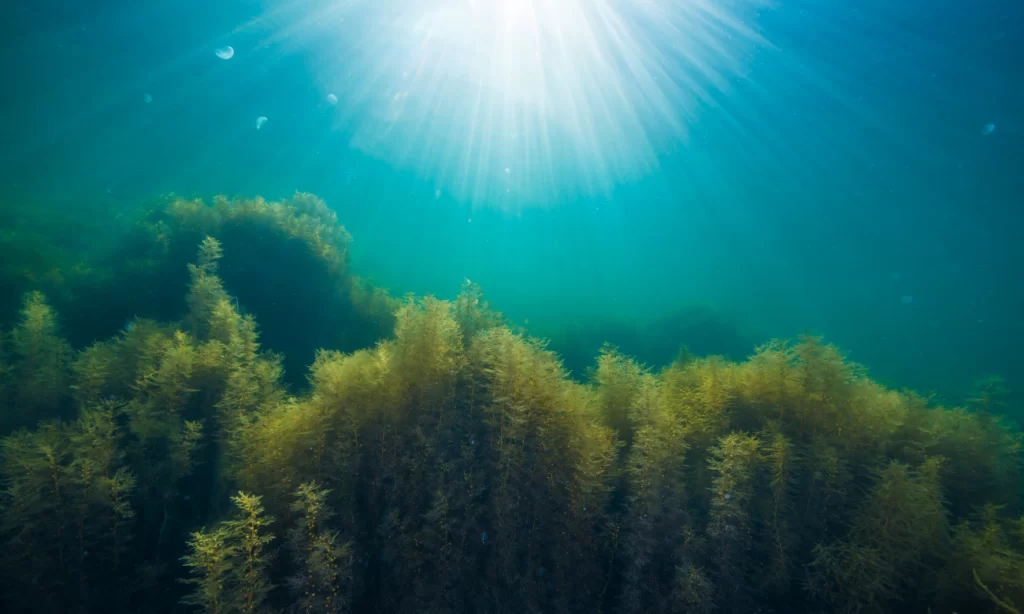In an attempt to measure the extent of seagrass meadows in the Bahamas, researchers attached cameras and trackers to the dorsal fins of tiger sharks to give them access to hours of ocean floor footage.
The data they collected revealed what the researchers say is the world’s largest known seagrass ecosystem, stretching across up to 92,000 sq km (35,000 sq miles) of Caribbean seabed. This discovery extends the total known global seagrass coverage by more than 40%, according to the study published in Nature Communications on November 1.
“This finding shows how far we are from having explored the oceans, not just in the depths, but even in shallow areas,” said the report’s co-author, Prof. Carlos Duarte, of Saudi Arabia’s King Abdullah University of Science and Technology.
The researchers hope their discovery will mean better protections for seagrass not only in the Bahamas, which is threatened by dredging for coastal development as well as a push to mine for aragonite, but also worldwide. Seagrass and other coastal ecosystems are “probably one of the best allies and assets that we have in terms of naturally trying to mitigate the effects of climate change,” Shipley said. He predicts there will be many more projects partnering with marine animals to map ocean habitats. “They are going to take us to new places that we didn’t know existed.”
Knowing where there’s seagrass is crucial to our understanding of how climate change is affecting the globe and marine life. Disturbing it can cause significant amounts of carbon dioxide to be released, contributing to climate change.
Seagrass and other ecosystems like it are “probably one of the best allies and assets that we have in terms of naturally trying to mitigate the effects of climate change.” Oliver Shipley, senior researcher.

